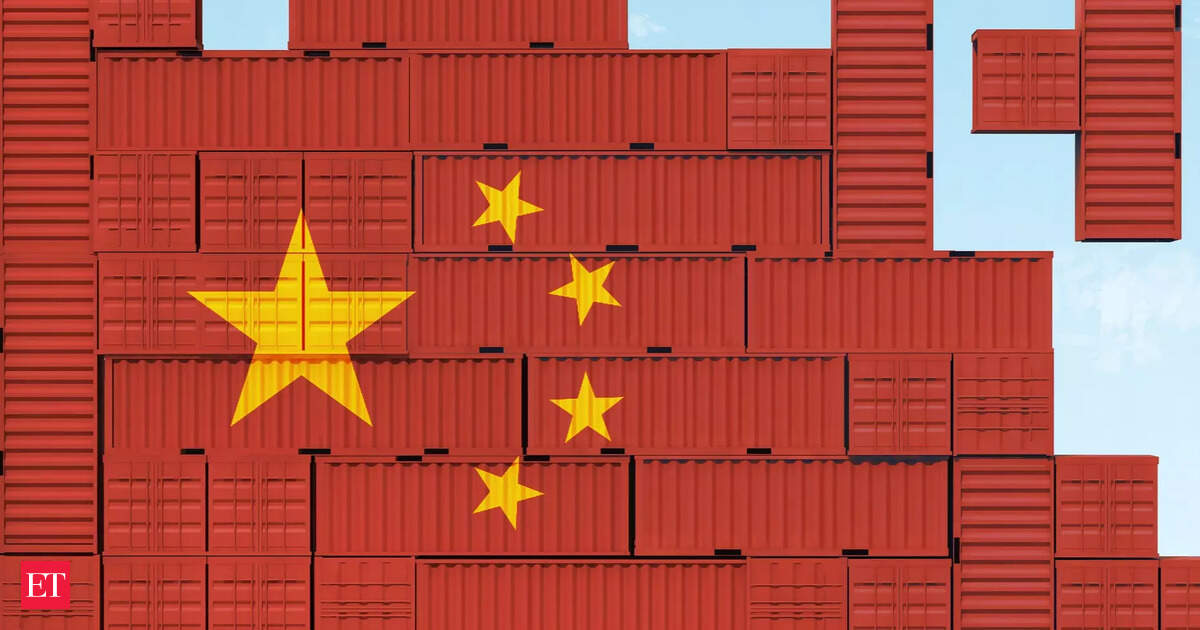Now Reading: Chinese Exports Shift to Germany Amid US Tariffs: Report
-
01
Chinese Exports Shift to Germany Amid US Tariffs: Report
Chinese Exports Shift to Germany Amid US Tariffs: Report

Quick Summary
- Sharp Increase in Imports from China: From January to July 2025, imports from China to Germany rose by 10.5% (to €97.6 billion), while overall German imports increased by only 4.9% during the same period (to €796.6 billion).
- Product-Specific Surge: Between October and June, some product categories like copper (up 91%), apparel (up 24%), and toys/games/sporting goods (up 12%) showed significantly higher increases in imports from China.
- Impact of U.S. Tariffs on Chinese Goods: Chinese e-commerce shipments to the U.S.fell sharply by 43% year-on-year due to tariffs, prompting Chinese manufacturers to redirect goods to europe.
- Economic Commentary from Researchers:
– Head of IAB, Enzo Weber, noted that some specific product groups are witnessing noticeable effects but there’s no across-the-board surge yet in Chinese goods.
– Increased supply from redirected exports could benefit German consumers through lower prices without significantly harming German producers who are not dependent on these imported goods.
– Concerns regarding heightened price competition possibly squeezing profit margins in sectors where Chinese producers have cost advantages were raised.
Indian Opinion Analysis
The redirection of Chinese exports away from the U.S.-in response to tariffs-and toward European markets signals wider shifts in global trade patterns that India must closely monitor as a major economy and trading partner in Asia-Pacific.
While germany benefits temporarily with reduced consumer costs due to surplus supply redirected from the U.S., India may need strategic planning around similar patterns possibly affecting its own import-export dynamics with China under existing trade relationships or ongoing geopolitical moves such as de-risking economic dependency on Beijing.
Sector-specific data like copper and apparel surges can serve as templates for understanding trade vulnerabilities or areas where competitive manufacturing strategies could boost domestic production capabilities-if similar export redirections impact Indian industries.
India’s policymakers should also be mindful of balancing trade dependence versus fostering internal innovation within cost-sensitive sectors structurally affected-mirroring warnings regarding squeezed pricing risks abroad higher bringen-upper end




























